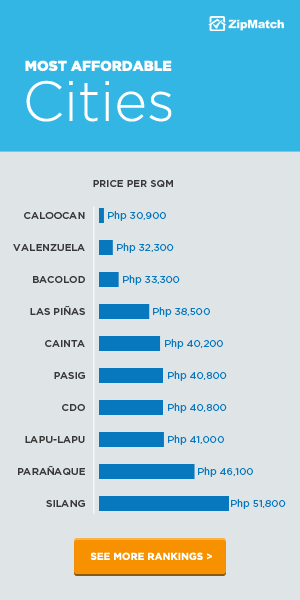The growth of the Philippines’ real estate market has so far been healthy and there’s no reason to believe that a property bubble is forming, according to Moody’s Investors Service.
Jean-Francois Tremblay, Moody’s Associate Managing Director for Financial Institutions, said that record-low interest rates have set the stage for a real boom and that the Bangko Sentral ng Pilipinas (BSP) is keeping a close watch to make sure that these don’t allow speculation.
In a move to avert a possible formation of property bubble, the BSP recently announced a directive aimed at limiting banks’ exposure to the real estate market.
According to Tremblay, the BSP is right to proactively monitor the market for risks that could result from the current low-interest environment. However, he added that they are confident that the country’s property market has so far grown on the back of good fundamentals.
In a report released by Colliers Philippines, prime residential apartments in Rockwell Center, Bonifacio Global City, and Makati CBD are likely to rise by 9.9, 8.2, and 5.9 percent, respectively, over the next 12 months. These increases, however, have been described as modest and aligned with increases in rentals and average income in the country.
Hot Topic
Real estate has once again become a hot topic recently after banks saw their exposure to the industry breach BSP-mandated 20 percent cap. According to reports, real estate loans and investments now account for 20.9 percent of banks’ total loan portfolio.
However, the breach was due to a new definition of “exposure.” Banks are now required to report not just real estate loans but also investments in debt and equity securities that finance real estate activities. They now also had to include loans for socialized and low-cost housing, which were previously exempted from their reportorial duties. According to Tremblay, these types of real estate developments are less susceptible to speculation.
Tremblay added that there’s no magic number that determines the point that exposure becomes a concern, and instead focus should be on other factors that more accurately show whether the appreciation of prices and borrowers’ behavior is driven by fundamentals or speculation. These include demand and supply, underwriting standards, loan-to-value ratios, and the leverage of households and firms.










